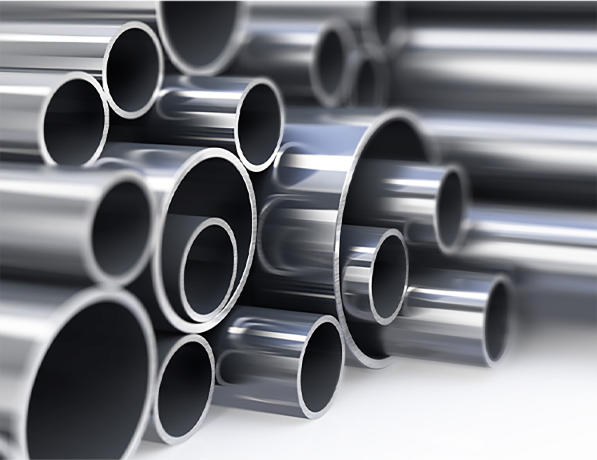
Exploring the Significance of the Chassis The Backbone of Automotive Design
The chassis, often overshadowed by more glamorous components of a vehicle, is the unsung hero of automotive design. It is the skeletal framework upon which the entire vehicle is built, providing structural support, safety, and performance characteristics. Understanding its significance requires an exploration of its functionality, types, and advancements in technology.
The Functionality of the Chassis
At its core, the chassis serves multiple critical functions in an automobile. Primarily, it supports the vehicle’s weight and maintains its integrity under various loads and driving conditions. The chassis is designed to absorb impacts, reducing the force transferred to passengers. This safety feature is essential during collisions, where a strong chassis can protect lives.
Moreover, the chassis plays a vital role in the vehicle's dynamics. It influences handling, steering, and overall ride quality. Engineers meticulously design the chassis to ensure an optimal balance between rigidity and flexibility. A well-engineered chassis can enhance road grip and maneuverability, providing drivers with a more engaging experience behind the wheel.
Types of Chassis
There are several types of chassis, each tailored to meet specific performance requirements. The most common types include
1. Body-on-frame This traditional design consists of a separate body mounted on a rigid frame. It is prevalent in trucks and SUVs, offering higher strength and ease of repair.
2. Monocoque In a monocoque chassis, the body and frame are integrated into a single unit. This design reduces weight and enhances structural integrity, making it popular in modern cars.
3. Platform chassis Often used in high-performance vehicles, the platform chassis allows for modularity in design. Different body styles can be fitted onto the same chassis, which facilitates efficient manufacturing and design.

4. Spaceframe A lightweight and strong option, the spaceframe chassis utilizes a network of tubes and beams to provide support while maintaining an open structure. This design is often found in sports cars and supercars that prioritize performance and agility.
Technological Advancements
Recent advancements in materials and technology have dramatically transformed chassis design. Traditional steel has been gradually replaced by lightweight materials like aluminum and carbon fiber, which offer enhanced strength-to-weight ratios. This shift not only improves fuel efficiency but also elevates performance.
Additionally, the development of computer-aided design (CAD) and simulation software has revolutionized the engineering process. Engineers can now predict how different materials and designs will perform under stress, allowing for more innovative and efficient chassis designs. The integration of advanced safety features, such as crumple zones and reinforced structures, relies heavily on precise engineering facilitated by these technologies.
Future Trends
As electric and autonomous vehicles emerge, chassis designs are evolving to accommodate new powertrains and technologies. Electric vehicles (EVs) often require a flat chassis to house battery packs, changing the traditional design paradigm. Meanwhile, autonomous vehicles necessitate systems that integrate sensors and computing units directly into the chassis, paving the way for more complex and adaptive designs.
Furthermore, manufacturers are focusing on sustainability by exploring biodegradable materials and recyclable composites for chassis construction. As the automotive industry grapples with environmental concerns, the evolution of the chassis reflects a broader commitment to sustainability.
Conclusion
While often overlooked, the chassis is a cornerstone of automotive engineering. Its crucial role in ensuring safety, performance, and adaptability cannot be understated. As the automotive world continues to advance, the chassis will undoubtedly evolve, embracing new technologies and materials that will shape the future of transportation. Understanding and appreciating the complexity of this component is essential for anyone interested in the world of automotive design and engineering.